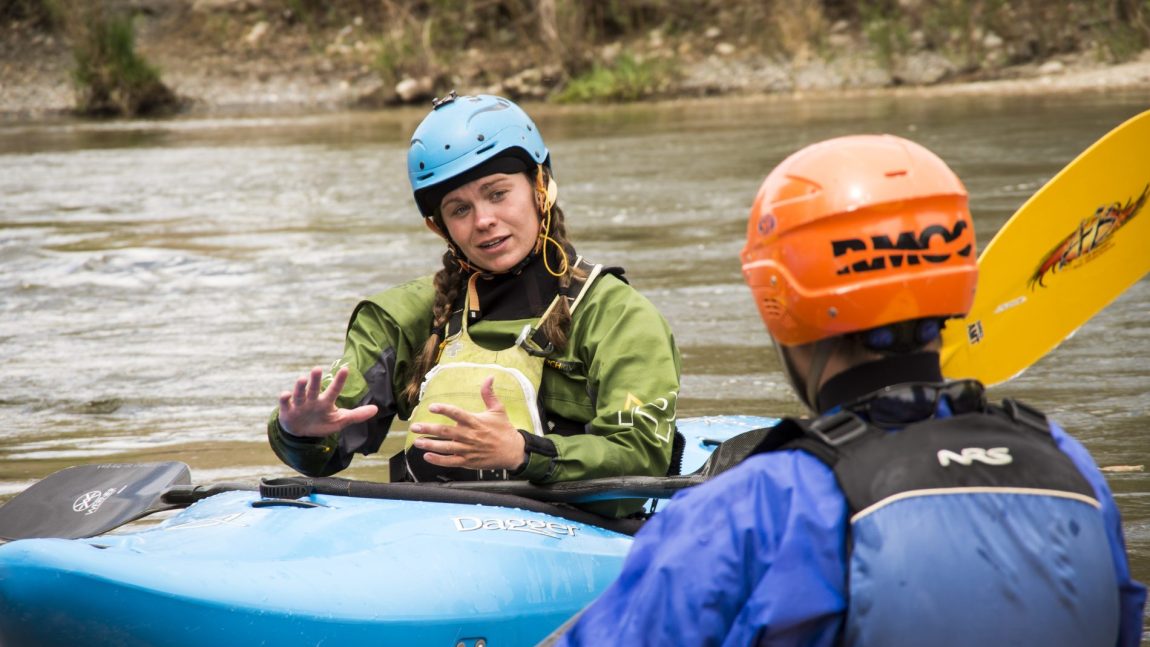The perception of Outdoor Recreation: A Not So Free Commodity
Running a section of the river, scaling a rock face, and riding fresh powder are freeing experiences that connect us to the environment and the natural places we live. Therefore, these services must be Free!
Unfortunately, this is not true. There is a common belief in America’s perception of the free world that outdoor recreation sports such as kayaking, climbing, and skiing are leisure activities. Therefore, the services that pertain to these activities must be free, donated, and gifted to the communities it serves. However, the gear and professional experience of guide services come at a steep price that should not be perceived as free commodities but as necessary requirements and professional services.
The most obvious cost of participating in outdoor recreation sports is the necessary gear required for personal and group safety. Take kayaking, for example; everyone in the group needs a personal flotation device, a paddle, a helmet, a kayak, a splash skirt, and a drysuit or wetsuit. These items are necessary to kayak down a river with significant whitewater and come at a cost. While there are cheap and affordable options in all gear categories, you generally pay for what you get with expensive options offering more comfort and better materials.
Aside from the initial cost, gear also has an associated maintenance cost required for upkeep. For example, rock climbing requires careful storage and routine maintenance of soft goods, such as ropes, harnesses, and anchor material, to prevent unnecessary degradation of their tensile strength. Additionally, all gear has a lifespan, and when the necessary gear is used beyond its lifespan, it must be replaced for continual participation in the activity.
Affording the required gear is one of the many associated costs of outdoor recreation activities. Reading a river, rigging ropes, and assessing snow stability take years of experience and expertise to do safely and efficiently. Hiring a professional guide service can be necessary to gain the skills and knowledge to recreate safely, but it also comes at a cost. So, what exactly are you paying for when you hire a guide company?
Outdoor guide companies must bear many associated costs to operate on public land. These costs include gaining recreational permits from governing bodies such as the National Forest, the Bureau of Land Management, and the National Park Service. These management agencies also require companies to have insurance to protect them in the event of an accident.
Aside from the legal requirements of operation, a professional guide service offers logistical support and expert knowledge at a cost. When you hire a guide service, you pay for the logistics of knowing how to get to the best powder skiing or shuttling a section of the river. Outdoor adventures require a lot of logistical support that is often overlooked. In addition to logistical costs, you are also paying for the expert knowledge of a trained and certified guide.
Being an adventure guide is a reputable trade, and many people choose to be a professional guide as their career. This career requires medical training, activity-specific certifications, and costly rescue courses. The guides’ expert knowledge costs them thousands of dollars to obtain and maintain throughout their careers, and using this knowledge, expertise, and rescue proficiency comes at a cost.
Experiencing the thrill of paddling a rapid, ripping deep powder turns or climbing a remote rock wall are incredible ways to feel the freedom of the outdoors. However, remember that outdoor recreation is not free and that gear and professional instruction costs are required and necessary.


 RMOC is an equal opportunity service provider. RMOC operates under special use permits from the San Isabel National Forest. All or part of this operation is conducted on Public Lands under special permit from the U.S. Bureau of Land Management.
RMOC is an equal opportunity service provider. RMOC operates under special use permits from the San Isabel National Forest. All or part of this operation is conducted on Public Lands under special permit from the U.S. Bureau of Land Management.